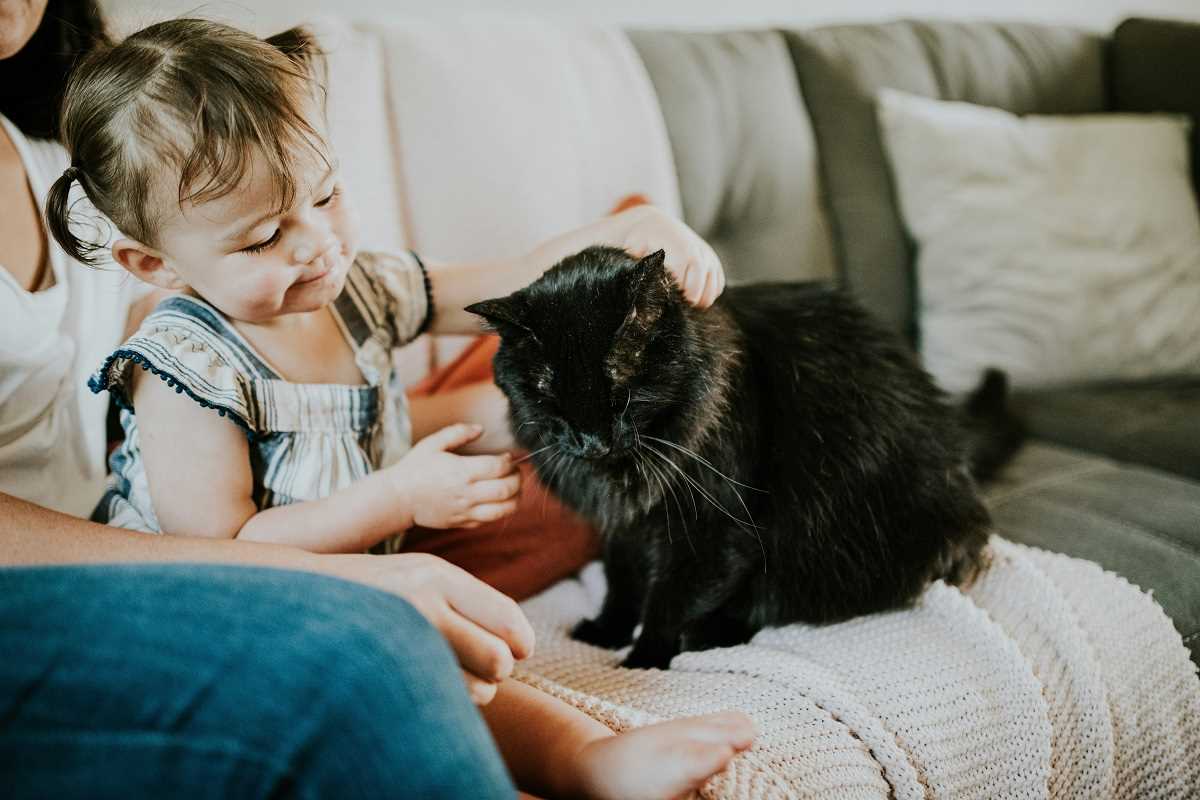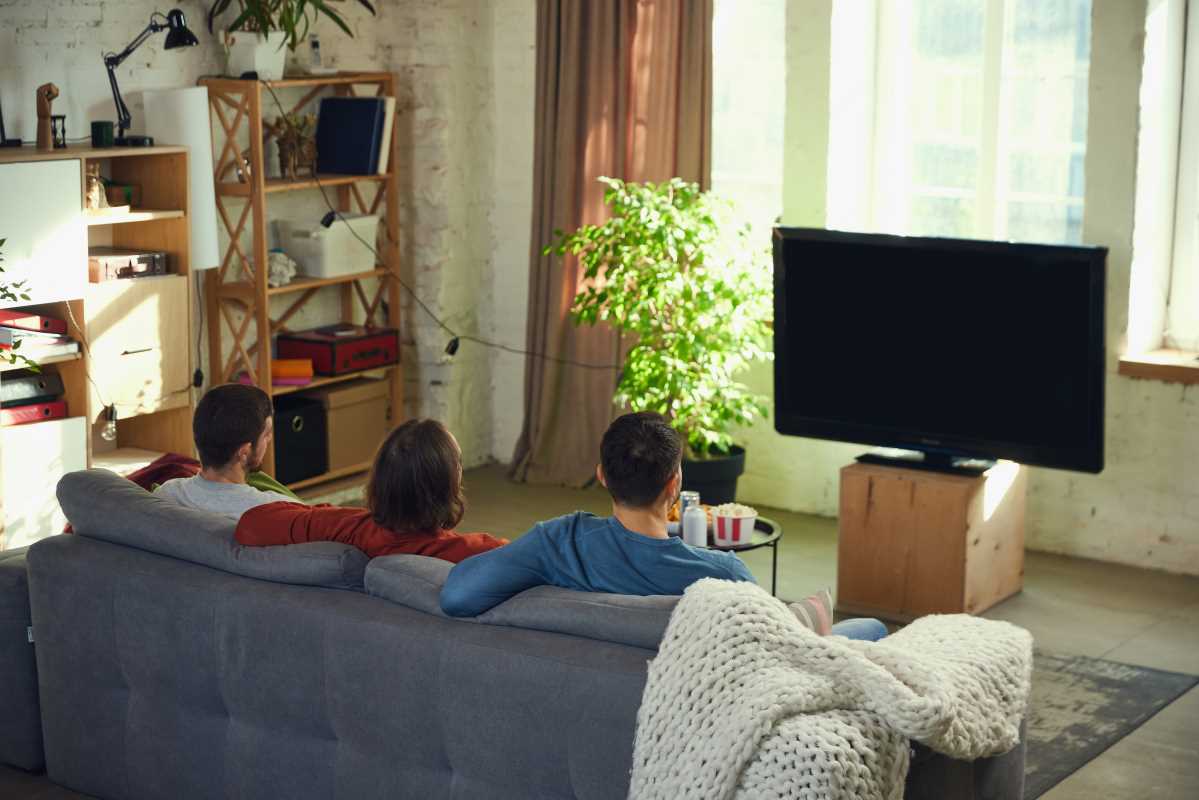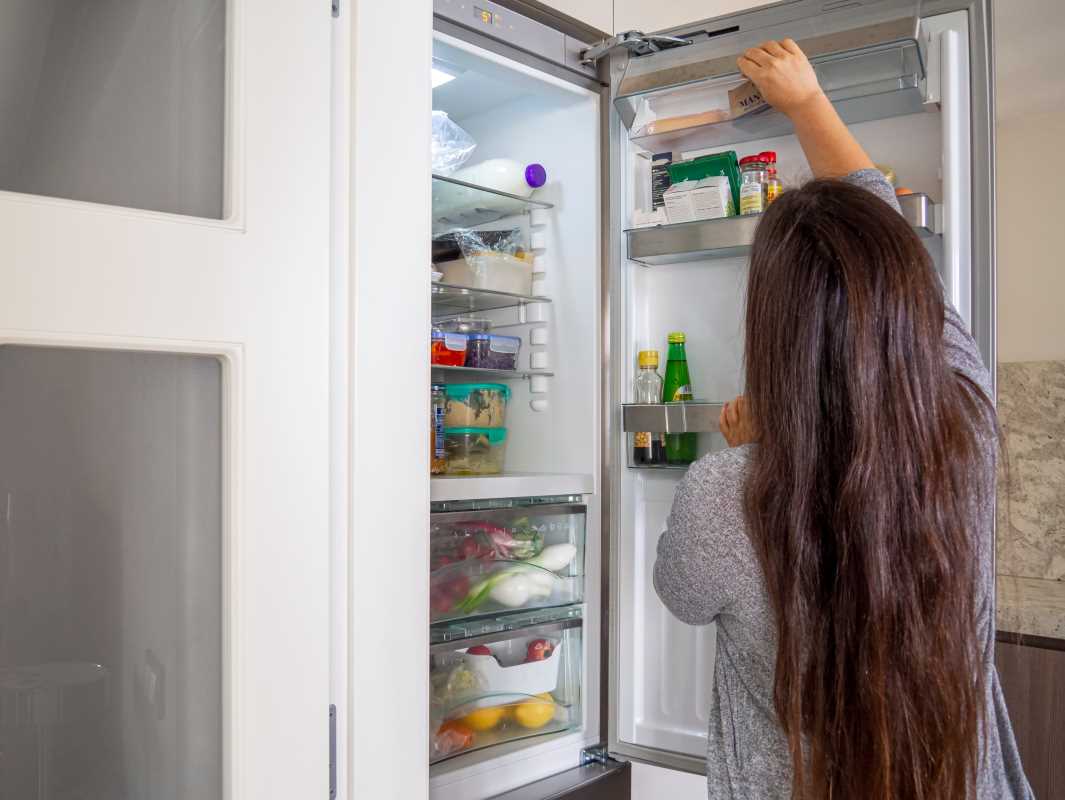Every home can benefit from a dedicated space where kids and adults alike can retreat to reset, recharge, and manage their emotions. Whether it’s calming a toddler’s tantrum or giving yourself a breather after a hectic day, a calm down corner is a purposeful tool designed to support emotional wellbeing and family harmony. It’s more than just a trend; it’s a commitment to nurturing a healthy, empathetic environment. Let’s explore how you can create an inviting and effective calming oasis in your home, no matter your living space or budget.
What is a Calm Down Corner?
A calm down corner is a peaceful area set aside to help family members take a break, process their emotions, and feel safe. Unlike the traditional “time-out” space, a calm down corner doesn’t carry negative connotations. It’s not about punishment; it’s about fostering emotional growth and teaching that all feelings are valid and manageable.
Think of it as emotional first aid. When stress levels rise, having a designated area serves as a physical prompt to pause and regroup. It’s a space that validates feelings rather than suppressing them, teaching kids and reminding adults that it’s okay to feel upset, tired, or overwhelmed—but there are constructive ways to handle those emotions.
Why Does Your Family Need a Calm Down Corner?
The benefits of a calm down corner extend far beyond the immediate moments of stress relief. It’s an investment in emotional intelligence, coping skills, and family relationships. Here’s why you should consider creating one in your home:
- Promotes Emotional Regulation: When a meltdown is brewing, a calm down corner provides a space to pause and self-regulate. Over time, kids learn to recognize their triggers and manage their responses.
- Encourages Lifelong Coping Skills: A calm down corner plants the seeds of healthy coping mechanisms. Teaching children to address their emotions instead of ignoring them leads to emotionally resilient adults.
- Strengthens Parent-Child Bonds: Sharing this space with your child models self-care and empathy. It shows them that even grown-ups experience and manage emotions. This shared experience can build trust and deepen understanding within the family.
- Establishes Consistency: Family life is often unpredictable, but a calm down corner adds stability. It’s a consistent reminder that everyone deserves a moment to reset, no matter what’s happening.
How to Choose the Perfect Spot
The first step in creating a calm down corner is choosing the right location. Big or small, luxurious or simple, any space can become a calming retreat if thoughtfully arranged. Here’s what to consider when scouting for the ideal spot:
- Look for Quiet: Select a corner away from high-traffic, noisy areas, like the kitchen or main living room. Bedrooms, a side nook in the playroom, or even a corner of the hallway can work well.
- Prioritize Comfort: Make sure the space feels inviting. Soft lighting, a cozy floor cushion, and a neat, uncluttered environment create an atmosphere conducive to calm.
- Ensure Accessibility and Safety: The space should be physically accessible for everyone in the house. For young kids, avoid areas near sharp edges or precarious objects.
Even if space is tight, get creative. A corner in a small apartment can be transformed with a folding screen or curtain for extra privacy. If outdoor space is available, a calm down zone in the backyard can integrate nature to boost relaxation further.
Calm Down Corner Essentials
To make your calm down corner both effective and inviting, you’ll need a thoughtful selection of items. Here’s what to include:
Seating and Comfort
Cozy seating is essential. Floor cushions, beanbags, or a soft pouf can make the space inviting. Add plush blankets and pillows to provide warmth and a sense of security, ensuring both physical and emotional comfort.
Sensory Materials
Sensory items are incredibly soothing, particularly for children. Consider including stress balls, textured fabric squares, or tangle toys. Even a bowl of smooth, cool stones for kids to run their hands through can create a calming sensory experience.
Creative Outlets
Some kids process emotions better through creative activities. Keep a small caddy stocked with art supplies like crayons, markers, coloring books, or a mini whiteboard. These tools offer an outlet for kids to draw or doodle their feelings.
Books and Mindfulness Tools
Tactile and visual stimuli can work wonders for relaxation. Include age-appropriate picture books about emotions or mindfulness. “Calm-down cards” with simple breathing exercises or relatable affirmations like “It’s okay to feel sad” can also be empowering.
Sound Elements
For auditory calm, consider noise-canceling headphones, a white noise machine, or a small speaker for playing guided meditations or peaceful nature sounds like rain or ocean waves.
Nature-Inspired Additions
Plants, shells, or pinecones can connect you with nature’s grounding energy. These are small, simple items that bring a sense of calm that only natural elements can provide.
Make It Personal
A calm down corner feels more meaningful when it reflects the needs and personalities of its users. Here are some ways to customize the space:
- Invite Kids to Help: Give children a sense of ownership by involving them in decorating. Allow them to pick colors, artwork, or their favorite stuffed animal to include. Participation ensures they’ll feel invested in using the space.
- Display Coping Strategies: Posters with fun illustrations of deep-breathing techniques or calming exercises can serve as reminders for kids. Adults may find motivational affirmations or a small journal useful for jotting down thoughts.
- Add a Touch of Nature: A vibrant green plant or a jar of fresh flowers can brighten the area and promote relaxation. Small terrariums or even a sand garden are excellent choices too.
How to Use the Calm Down Corner
Once the space is assembled, it’s important to set clear, positive intentions for how it’s used in your home. Here are some steps to ensure it becomes an effective tool:
- Introduce It When Everyone is Calm: Take time during a moment of peace to explain the purpose of the calm down corner. You might show your child how to use it by role-playing imaginary situations, like feeling frustrated about homework.
- Use Gentle Language: Instead of making it seem like a punishment, frame it as a choice. Say things like, “Would you like a moment to reset in the calm down corner?” This approach builds a positive association with the space.
- Join When Needed: For younger children, sitting together in the calm down corner can be reassuring. Model deep breathing, read a book together, or simply sit side-by-side until they feel ready to talk.
Additional Tips for Success
Creating and introducing a calm down corner is just the beginning. Here’s how to make sure it becomes a valued part of your home:
- Be Consistent: Encourage every family member to use the space, not just the kids. Modeling self-care creates a sense of normalcy and reinforces the idea that emotional health is a priority.
- Celebrate Progress: Whenever your child uses the calm down corner effectively, acknowledge it. Positive reinforcement helps them build confidence in their ability to process emotions constructively.
- Adjust as Needed: As your child grows or your family’s needs evolve, tweak the contents and design of the corner. New books, tools, or decorations can keep the space fresh and engaging.
Sample Scenarios and Real-Life Applications
Imagine this scenario early one morning: your child throws a tantrum because their favorite cereal isn’t available. Instead of escalating the situation, you calmly ask if they’d like a moment in the calm down corner. Begrudgingly, they agree. There, they pick up a stress ball and squeeze it as they sit on a soft cushion. A few deep breaths later, they might feel ready to communicate more rationally.
Or picture an adult version of this. After a frustrating day at work where meetings ran long, deadlines loomed, and nothing seemed to go right, wouldn’t it be refreshing to retreat to a space in your home where soothing sounds play and stress melts away? By making it a family staple, everyone in the household benefits.
 (Image via
(Image via





